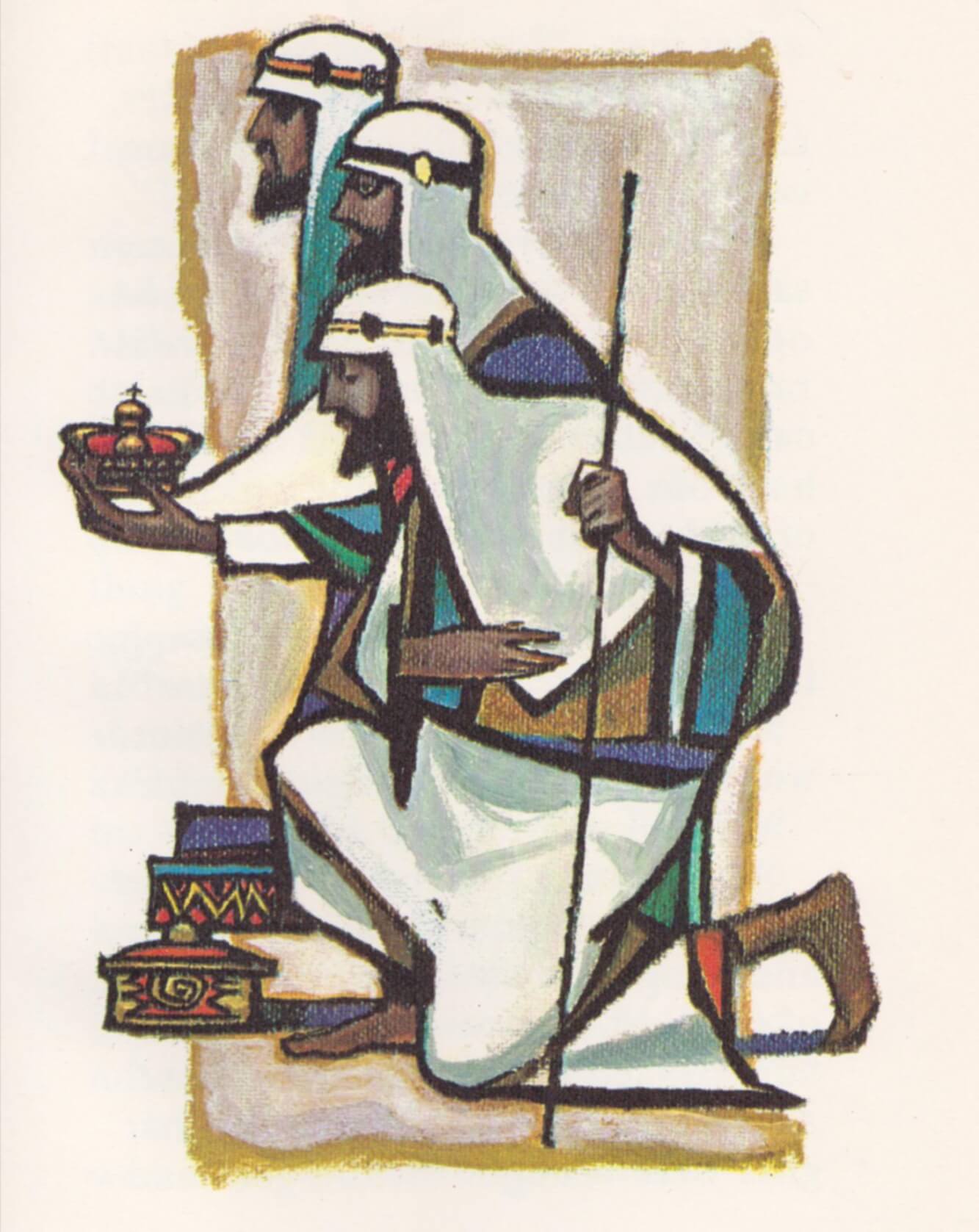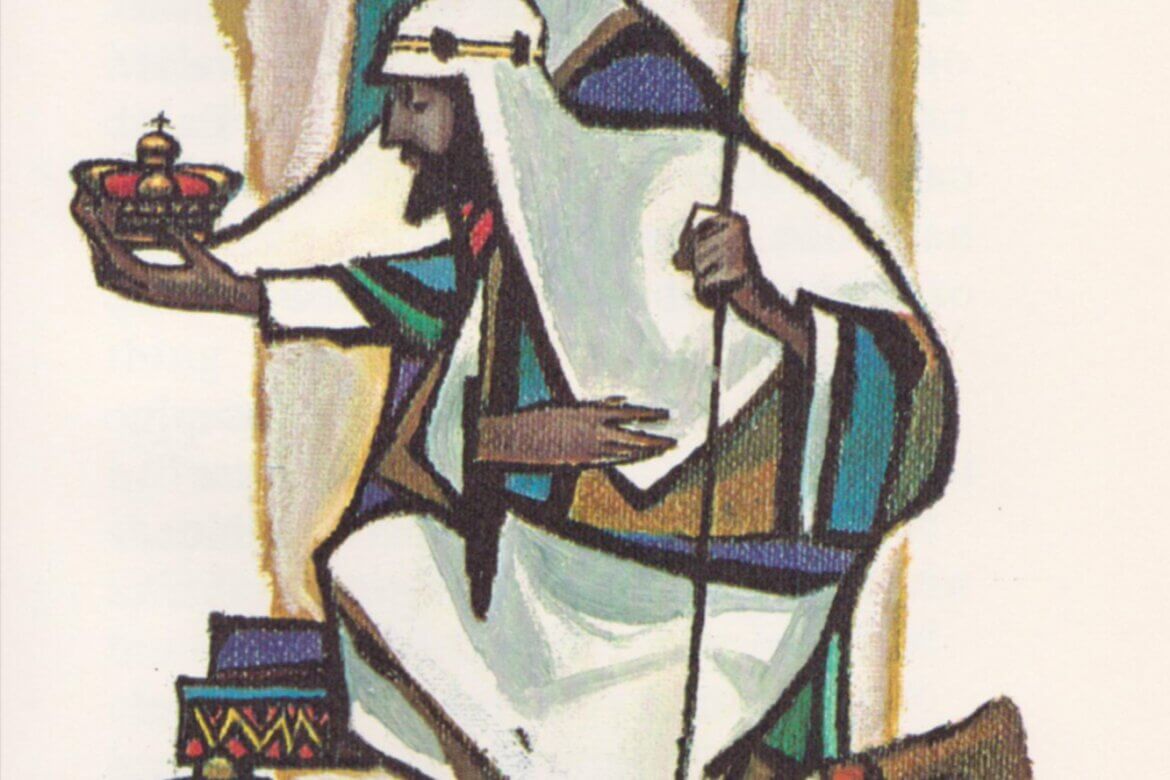Phoenix Project: Can a New “Catholic New Times” Rise from Ashes (15 years after)
Nicole Langlois, Stratford, ON
Volume 35 Issue 10, 11 & 12 | Posted: December 23, 2021

INTRODUCTION
By Patrick Jamieson
Newspapers mark their eras. It has been fifteen years since Catholic New Times printed its last edition in November, 2006, after a thirty year run. Significantly it started after the close of the Second Vatican Council but before the Containment papacy of Pope John Paul II. Ironically it closed just after his passing.
I remember its mid-seventies advent when the prospects of a truly Vatican II church were still on the rise despite the set-back of the controversy around the 1968 birth control encyclical Humane Vitae, when the signs of the coming winter were making themselves apparent.
Now there is a different era with Pope Francis calling for a global synodal renewal process, his teachings on the environment heralded as necessary and prophetic, and the papal visit promises some actual resolution of the residential Schools alarm. It may be possible to save a major remnant of Vatican II if the American Bishops can be reined in with their open resistance.
This retrospective helps to sharpen the focus and to take heart with efforts to properly communicate around all these key and emerging issues. (See Editorial) Digital or print, the challenge to respond is both exciting and exacting.
If an independent Catholic newspaper falls out of circulation after 30 years, does it make a sound?
With its Nov. 26 issue, the Toronto Catholic New Times announced that the paper was ceasing publication. Far from being an official organ of the Catholic church – a role played by the Catholic Register – CNT had been founded in 1976 and funded since then on a wholly independent basis. That meant no institutional support, but also complete journalistic freedom.
At its highest circulation level, almost 13,000 Catholics in Canada received the paper on a bi-weekly basis. Those readers tuned in for a type of discourse that was often missing from the mainstream media and frowned upon by church hierarchy. From women’s ordination to child poverty to ecumenism to native and world issues, Catholic New Times was willing to weigh in. Its founders and editors included Mary Jo Leddy, scholar, writer and renowned advocate for refugees; and Janet Somerville, former CBC Ideas producer and later the head of the Canadian Council of Churches.
Its respected and prophetic writers have included Rosemary Radford Ruether, Brian Swimme and James Loney. Among its detractors, the paper was seen as disrespectful of church authority and dogma, sometimes even scandalous or “sinful” in the left-of-centre views it would print.
Among its supporters, the paper was a lifeline, an inspiration and an essential gathering place for Catholics who wanted the social justice agenda of the Second Vatican Council to be taken seriously by the clergy and the faithful.
I was among the latter group, having been introduced to the paper during my (and its) formative years. Later, when I’d moved away from home, I would pick up a copy of the paper at the back of whatever church I happened to be attending on a hit-or-miss basis. Each time, I would be reminded that the church was more than those sometimes unbearably arid services conveyed: It was also made up of vibrant, searching, soulful people of integrity, good will and courage.
Later still, while living in Toronto where CNT was based, I volunteered for the paper as a proofreader, became a member of the “collective,” then part of its publishing group about 10 years ago. With that move, I found out just how precarious were the paper’s finances, struggling as it was to survive against forces both great and small.
Like many church-related bodies — and indeed almost every Christian church – CNT fell prey to dwindling numbers. The “greying of the pews” has left its mark throughout Christian institutions, as those who were “formed” in the church grow older, die off and leave behind generations less interested in and committed to any kind of link between their spiritual lives and organized religion.
And, of course, there is the change that every news outlet has to contend with: the shift from print-based journalism to the Internet. Publications that can’t make this shift – or at least provide its readers with the option of print or electronic formats – are finding themselves, more and more often, in peril. With its limited resources, CNT’s online presence was still only minimal.
Those closest to the paper are, of course, struggling to accept this seemingly inevitable stage in its evolution. But most, it seems, are expressing hope that the closure will be just that: one more stage in an ever-evolving life.
Ted Schmidt, CNT contributor and editor, predicts that its next incarnation will be “interactive,” and probably Internet based. It will reflect another shift – besides the technological one – for the next generation of Catholics, says Schmidt, “who increasingly understand that the principal sacrament of the church is baptism – not holy orders.”
Will a new CNT rise from the ashes? With the waxing and waning of Catholic New Times having so closely paralleled the fortunes of the church itself, the answer to that question may well be a harbinger of even more momentous things to come.
Nicole Langlois is a freelance writer based in Stratford.
Nicole Langlois, Stratford, ON

